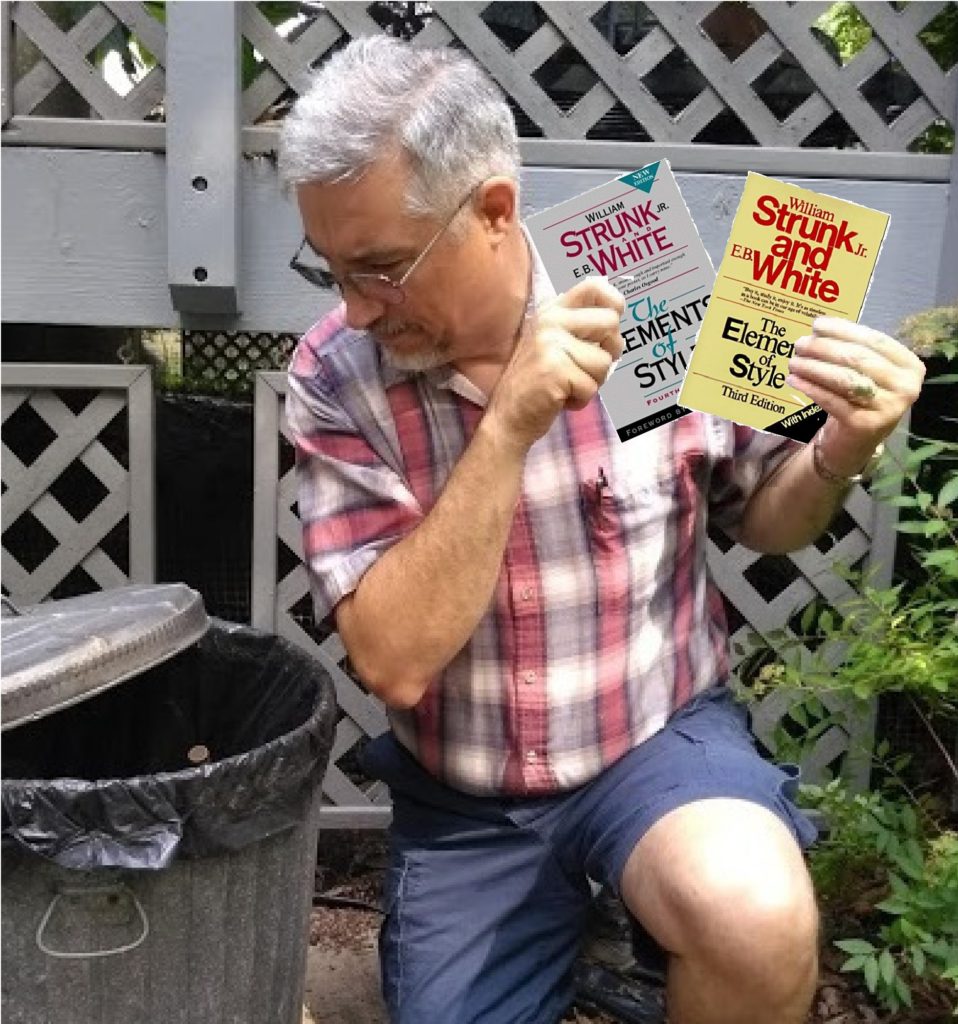Have you ever started reading a story and not understood it? It’s frustrating, and you’re unlikely to finish reading. Who’s to blame for that? The story’s author? You? Let’s explore the problem.
Years ago, I took a course in technical communication. The instructor asked, “Who is responsible for effective communication, the writer or the reader?” The ‘class answer’ was “You are,” meaning you should strive for clear understanding whether you’re reading or writing.
The purpose of any writing, whether fiction, nonfiction, poetry, or the outside of a cereal box, is to convey an idea from one person’s mind to another person’s mind. The idea starts in the author’s mind and passes through several filters before reaching the resulting text. In every case, it’s an imperfect translation of idea to text.
Next, the reader reads the text and that information passes through the reader’s filters to create an idea in the reader’s mind. That process involves more translation errors, so the similarity of the writer’s idea to the reader’s understanding of that idea is, at best, approximate.
The purpose of fiction is to entertain. If the reader is not entertained, the reader can simply stop reading. There is no compelling need for the reader to finish the text and gain sufficient understanding, like there is, for example, in reading the instructions for defusing a bomb while the bomb is ticking.
Often, fellow authors in my critique group say they don’t understand something I’ve written. My reply is, “Why not? I knew what I meant.” That, of course, is never good enough.
The trouble is, as writers, when we look at our resulting words, our minds snap back to our original vision, not to the imperfectly translated one in the reader’s mind. So strong is this tendency that we find it difficult to conceive of any other way to interpret our words.
In this post, Glenn Leibowitz cites the book The Sense of Style: The Thinking Person’s Guide to Writing in the 21st Century by Steven Pinker. In it, Pinker defines the “Curse of Knowledge” as ‘the difficulty of imagining what it is like for someone else not to know something that you know.’
If we’re all cursed with this problem, how may we overcome it? First, you know it can be solved. You’ve read some fiction that really reached you, where the author transported you into the world of the book, where you truly got it. Therefore, take heart. Here are some techniques for lifting the curse:
- When writing your first draft, forget about the Curse of Knowledge. Concentrate on getting your story written with a consistent tone and emotion. Sacrifice readability for speed.
- In a later draft, review your descriptions of characters and settings and feelings. Now go to the extreme and add a lot of details. Over-describe things. Paint your mental pictures pixel by pixel.
- In a still later draft, hone those descriptions to the key details, the ones that really make the picture real.
- Incorporate similes and metaphors to relate story-world things to your reader’s real-world things.
- Be on the lookout for jargon, words a professional in a particular field might know, but most readers wouldn’t. If you must use such a term, include a brief definition the first time you use it.
- If possible, set your manuscript aside for a few weeks. Review it again when the words aren’t as fresh in your mind. This approximates a reader’s experience and you can fix any passages that aren’t clear.
- Get help from others. Have a Beta Reader review your manuscript. Join a Critique Group. Or pay an editor to read through your story.
Have I confused you? Sorry. This post was crystal clear in the mind of—
Poseidon’s Scribe


